
Household essentials we use every day can get quite dirty over time. It’s a fact we tend to forget amidst all the other household chores. But if we don’t replace items like bedsheets, shower curtain liners, and doormats when we should, they can become hotbeds for germs.
The problem is, it’s not always clear when we should replace such products. We may know it’s time to replace a towel that starts to feel too rough against the skin, but what about a toilet brush that shows no signs of wear and tear? In the article below, we’ll explain when it's necessary to replace several products we all use daily.
How often to replace: Every 2 years
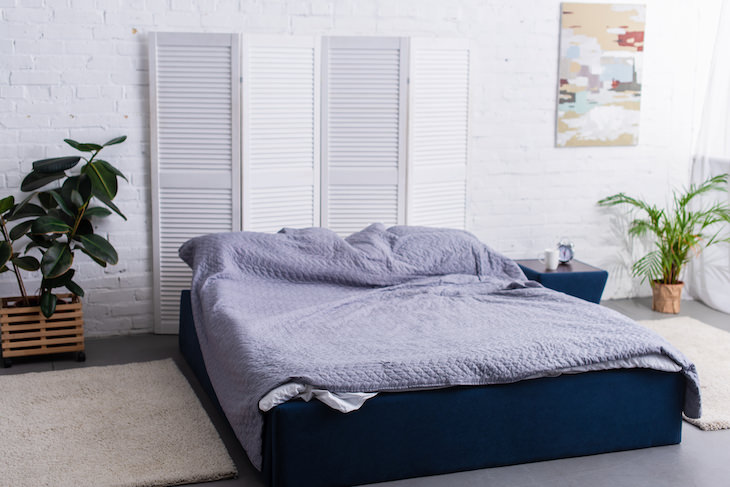
While regularly washed sheets can last up to a decade, they can harbor bacteria. An average adult spends about a quarter of the day in bed, which means that bedding is subject to a lot of wear and tear.
Experts recommend washing your sheets every week and replacing them as soon as you notice signs of wear and tear. Those include discoloration, fraying of fabric seams, a change in texture from thinning out to a roughness against your skin. Usually, the quality of bedsheets begins to deteriorate after 2 years or so.
Related: 19 Items You Keep Using Past Their Expiration Date
How often to replace: Every 6 to 12 months
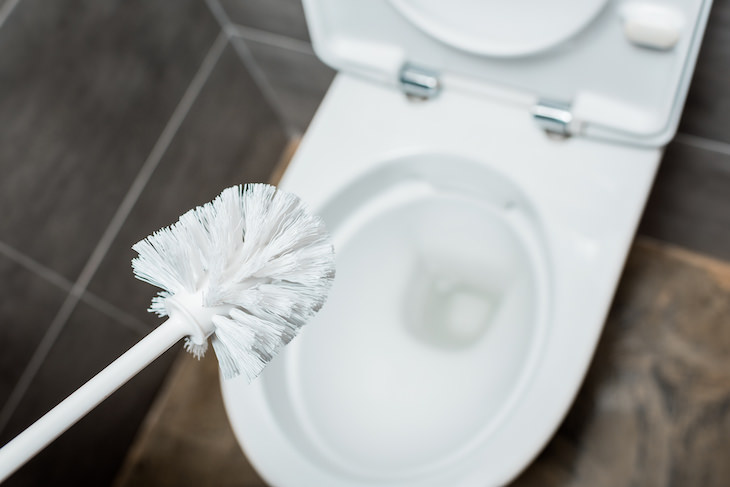
The fact that toilet brushes do a dirty job doesn’t require much explaining. After all, it is used to clean one of the dirtiest places in your home, so it's no surprise that a toilet brush usually contains a lot of bacteria and germs. Replace your toilet brush as soon as you notice worn-out bristles, discoloration, or an unpleasant smell. Cleaning your toilet bowl with bleach will help extend the life of the brush.
How often to replace: Every 3 months
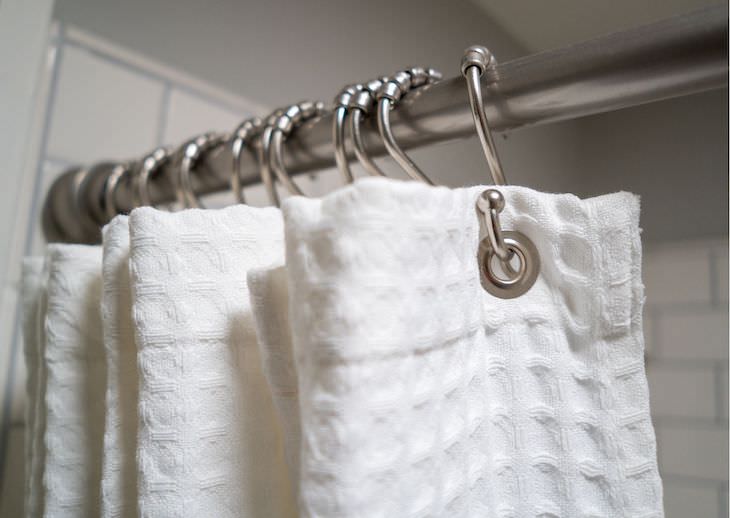
The frequency with which you should replace the shower curtain varies. Depending on their quality and how you maintain them, different curtains have varying life spans. According to Dr. Philip M. Tierno, Jr., clinical professor of pathology and microbiology at NYU Langone Health, the moment you see black spots at the bottom of your shower curtain liner, it’s time for a new one. If you don’t replace it, you’ll risk "inhaling mold spores, which can exacerbate allergies or respiratory problems," he says. If maintained, shower curtain liners can last for up to three months.
How often to replace them: Every 10 to 12 years

What falls under the category of small kitchen appliances? Your blender, toaster, and food processor are a few examples. Luckily, they should remain functional for quite a long period of time. You can prolong their lifespan with regular cleaning, and maintenance. For example, sharpening the blades on your food processor helps quite a lot.
Some signs that it’s time for an upgrade include frayed wiring, broken pieces, an inconsistent motor, or missing pieces that cannot be replaced.
How often to replace it: Every 18 to 24 months
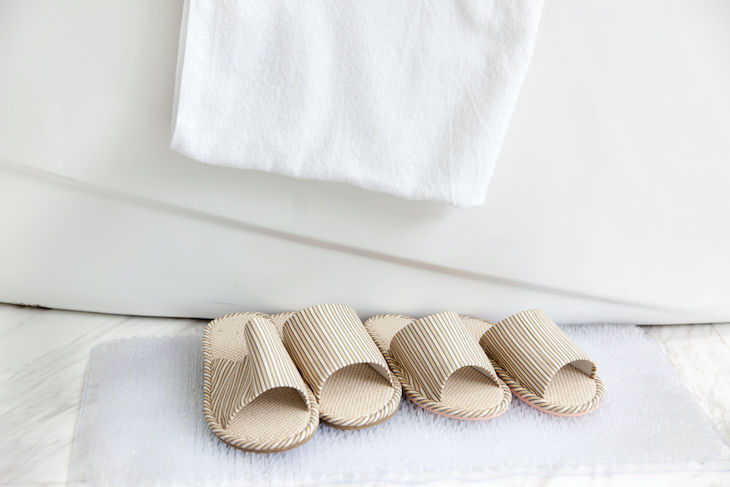
Bath mats need to be washed every one to two weeks. This is because they are typically kept in moist environments and are in frequent contact with germs from your body. Hanging onto them for too long is not a good idea, you definitely don’t want to create a breeding ground for mold and mildew in your bathroom.
You will probably see enough wear and tear to replace your bath mat about 18 to 24 months after purchasing it. If you have a bath mat with rubber backing, it’s best to replace the mat as soon as it starts shedding or cracking. After all, no one wants a slippery bath mat.
Related: Cleaning Supplies Need Cleaning Too, This Is How To Do It
How often to replace it: Once the bristles start wearing down.

Doormats see a lot of dirt and traffic, so swapping out your doormat can help keep your entire home cleaner. There is no set expiration time for doormats, but a good rule of thumb is replacing them every two years, or more frequently if they are showing visible wear.
To make your doormats last longer and accumulate less dirt and bacteria, cleaning experts recommend having a couple and swapping the doormats every once in a while.
How often to replace it: Approximately every 5 years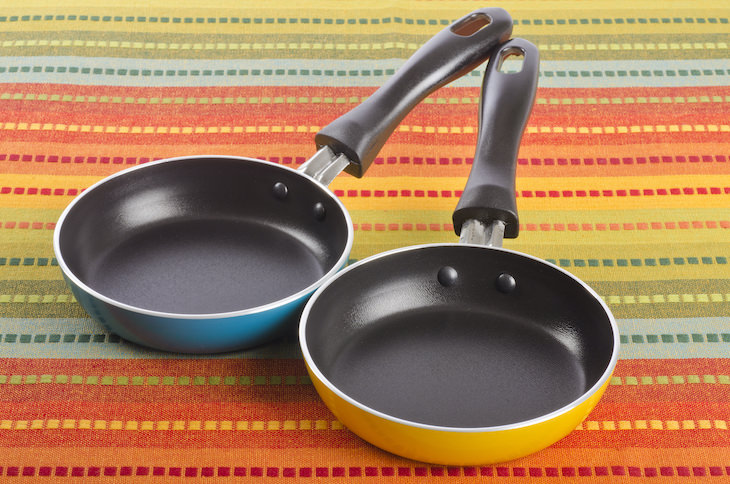
The point of nonstick cookware is preventing food from sticking to the pan when you’re cooking. If they stop serving this purpose, i.e. food is beginning to stick, it’s time to replace them. That usually occurs when the nonstick coating becomes too scratched. A good rule of thumb is replacing them approximately every 5 years.
To keep nonstick cookware in good shape, avoid stacking the pans on top of one another - it can lead to scratches on the surface. If you have limited storage space, place a paper napkin between each pot and pan to protect the coating. To learn more tips on how to prolong the lifespan of your nonstick cookware, check out our previous article 10 Reasons Why Your Nonstick Cookware Is SO Short-Lasting.
How often to replace it: Every 12 years
When it comes to your fire extinguisher, having a good one is not only about convenience, but also about safety. The average lifespan of a fire extinguisher is 10-12 years, assuming it hasn’t been broken, corroded, or otherwise damaged. To make sure that your fire distinguisher’s lifespan reaches its maximum, do the following:
Always keep the fire extinguisher in the same easy-to-reach place away from chemicals and heat. If a fire extinguisher canister, the hose, gauge, pins, nozzles, handle, or any other part is missing or is in disrepair, it must be replaced. Fire extinguishers usually cannot be repaired.
How often to replace it: Every three months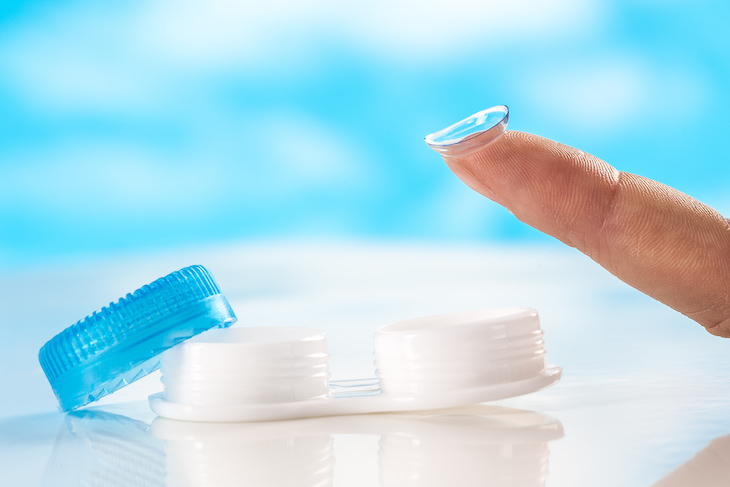
You already know that you need to keep your contact lenses clean. The same holds for contact lens cases. Even if you wash it regularly, dirt and biofilms can form inside your contact lens case. Tierno advises switching it out every three months or sooner. Remember to keep an empty case open and dry between uses.
Share these tips with others!